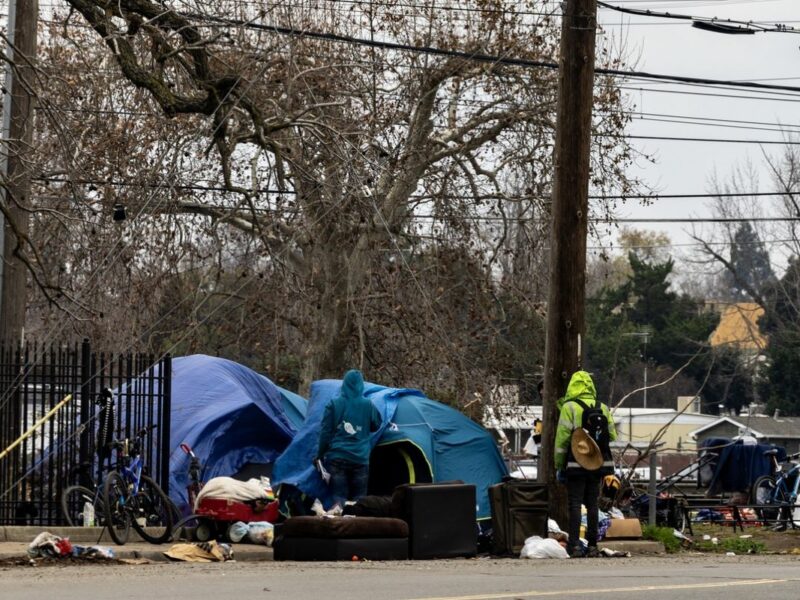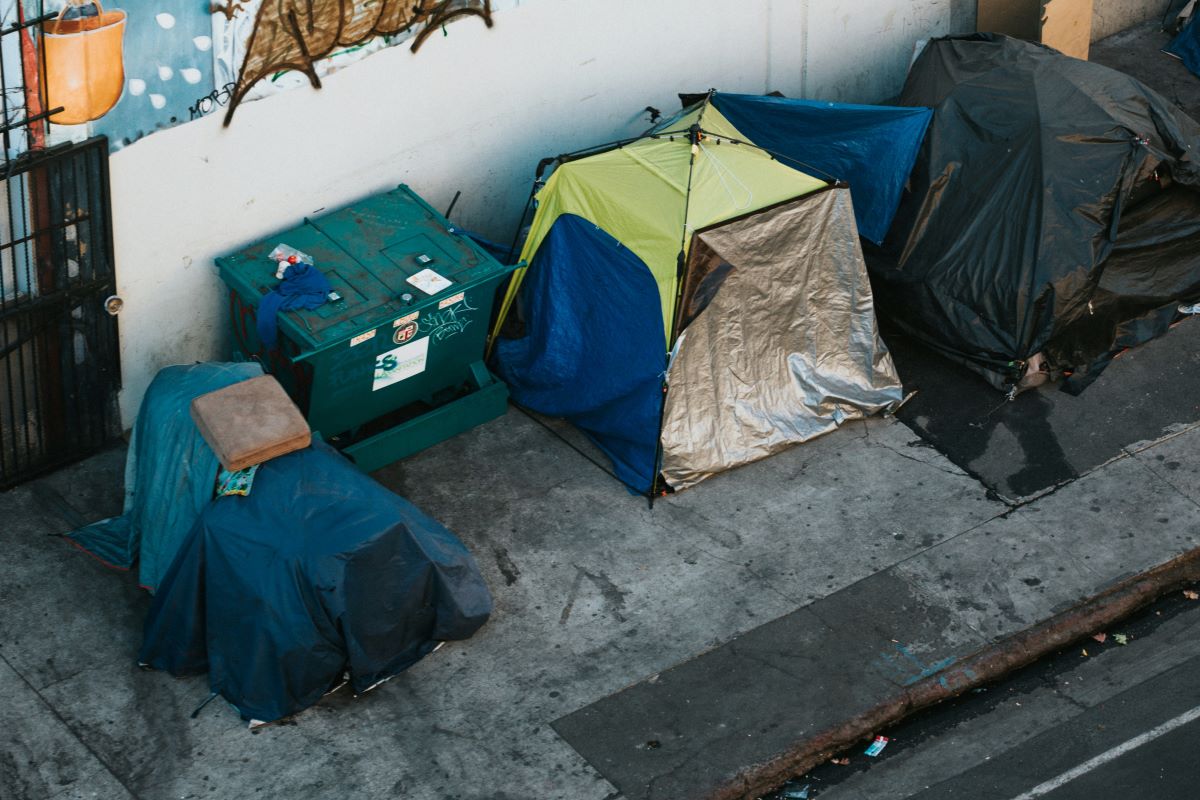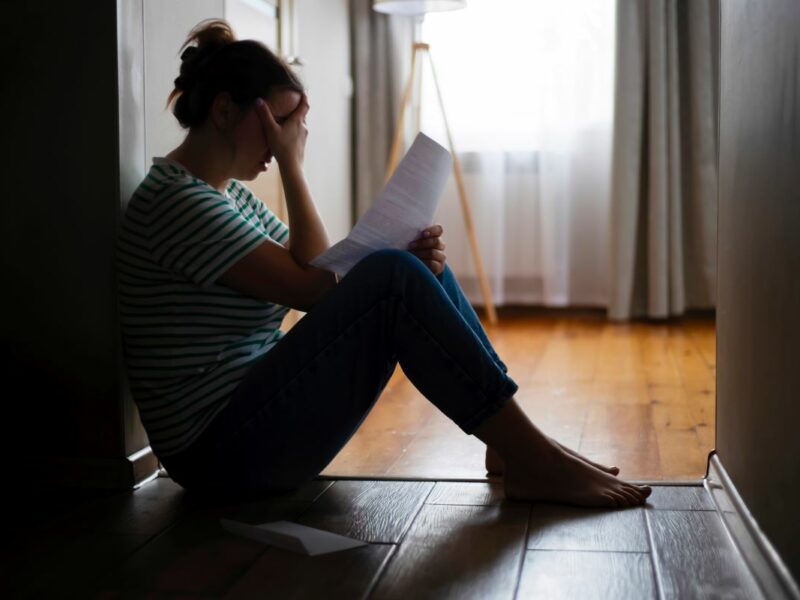New Statistics Show the Shocking State of Homelessness in America
According to a report released in December by the U.S. Department of Housing and Urban Development, homelessness in America is becoming more and more widespread.
On the last point in time count taken in January 2023, the number of individuals experiencing homelessness on that night had increased by 12% since the previous annual count. That marks the most significant single-year increase ever recorded by a long shot. The highest single-year increase prior to this year was “only” 3 percent.
These numbers show what we’ve all been thinking- we are in a state of emergency and need to take action to finally solve homelessness across America.
653,104 Unhoused People Were Counted
Ever since 2007, organizations across the country have participated in an annual point-in-time (PIT) count of unhoused people in their local areas. This data is then aggregated to provide a rough estimate of how many people are homeless in any given area and across the nation as a whole.
Obviously, it’s not a foolproof system. Just sending volunteers out one night of the year to manually count how many people they can find living on the street or in shelters will never be 100% accurate. However, it still gives us valuable data to extrapolate from.
In 2023, the PIT Count tallied 653,104 individuals who were without stable housing. That is the highest number ever recorded since data collection began.
46% of Homeless Older Adults Are Unsheltered
Among homeless adults aged 55 and older, 46% are living without shelter. This data points to a pressing need to find out why that may be and how we can better tailor our services to meet the needs of this demographic, which makes up 21% of the larger unhoused population.
Unhoused, Unaccompanied Youth Rose By 75% in New York City
The number of unhoused people aged 25 and below living without an adult caretaker increased this year for the first time since 2017. The New York City Continuum of Care (CoC) saw the largest increase at 75%, but 60% of CoCs in other areas reported a significant increase in this demographic as well.
AAPI Homelessness Increased by 40%
Asian Americans and Pacific Islanders saw the largest growth in homelessness among all other racial groups this year. Respondents identifying as Latino had the second-most growth at 28 percent.
While homelessness is rising across the board, these groups are being disproportionately affected.
More People Are Becoming Homeless for the First Time After Age 50
As their peers are counting down the days to retirement, an increasing number of older adults are facing becoming newly homeless after their 50th birthday. In California, the figure was 41% among single older adults.
Gradually degrading safety nets have left many of these people with nowhere to go if they become sick or injured and can no longer work or even if they continue to work but can’t find a job that will pay enough for them to afford housing. Once houseless, medical care becomes even more challenging to receive, and health can deteriorate rapidly.
61 Affordable Housing Units for Every 100 Eligible Households
Shifting the focus to the factors spurring this sudden surge in homelessness, the first place to look is the overinflated housing market.
Housing is becoming completely out of reach for more and more American families. As that happens, we are seeing more and more people becoming homeless. We currently have enough affordable housing for only 61% of all extremely low-income renters in the U.S.. Meanwhile, rents keep climbing to the point where even mid-income renters struggle to make ends meet.
$63.33/hour Needed to Afford Rent in a Hot Market
In Santa Cruz, CA, one of the country’s most expensive housing markets, renters would need to be paid a wage of $63.33 per hour to be able to make rent payments on a 2-bedroom apartment. Other major cities are not far behind that figure. Even rural places don’t offer much relief, especially when you factor in the lower wages offered there.
This is a wage that many people are unlikely to ever see in their lifetimes. But they will see constantly rising rent prices that far outstrip any income they could scrape together. This leaves people rent-burdened and vulnerable to homelessness until they’re eventually priced out of housing altogether.
30% More People Became Newly Homeless Between 2020 and 2022
Largely, as a result of pandemic-era protections and support programs being cut off, more and more people found themselves homeless for the first time between the years of 2020 and 2022. A big surge happened after the eviction moratorium ended in 2021.
Some of these people have been able to get back into housing by now, but many are still homeless, contributing to the high numbers in this year’s count.
People Exiting Homelessness to Permanent Housing Increased by 8%
Data shows that between 2021 and 2022, the number of people exiting homelessness by being placed into permanent housing has actually increased by 8%, even as the number of unhoused people in total continues to increase. That’s good, but over the same period, rates of people becoming newly homeless rose by 26 percent.
This shows us that at least some systems have successfully connected people with housing, but the growing demand for these services is outstripping the modest growth they’ve seen in successful placements.
We need to see massive growth in resources and effectiveness for our current systems if we want to keep up with the growth in homelessness overall, let alone start to get ahead of it.
There Are 24% More Shelter Beds Available Now
There has been a 24% increase in permanent and temporary shelter beds available since 2017. A modest increase that, again, cannot keep up with the speed and severity of the current crisis. To stem this tide, we need all hands on deck, the support of the public, and resources allotted generously to programs that work.











